How To Grow A Beautiful Barberry Bush In Days Or Less
Here are some additional tips to help you grow a beautiful barberry bush:
- Choose a variety of barberry that is suited to your climate.
- Plant your barberry bush in a location that is protected from strong winds.
- Mulch around the base of the bush to help retain moisture and suppress weeds.
- Watch for pests and diseases, and treat them promptly if they occur.
With a little care and attention, you can enjoy your beautiful barberry bush for many years to come.
To learn more about barberry bushes, visit Home Gardening.
FAQ of barberry bush
What is a barberry bush?
A barberry bush is a deciduous shrub that is native to Europe, Asia, and North America. It is known for its colorful foliage, which can be yellow, orange, red, or purple in autumn. Barberry bushes also produce edible berries.
What are the different types of barberry bushes?
There are many different types of barberry bushes, but some of the most common include:
- Common barberry (Berberis vulgaris)
- Japanese barberry (Berberis thunbergii)
- Oregon grape (Berberis aquifolium)
- Tatarian barberry (Berberis tatarica)
What are the benefits of barberry bush?
Barberry bushes have a number of benefits, including:
- They are drought-tolerant and can thrive in a variety of climates.
- They are relatively pest- and disease-resistant.
- They provide food and shelter for wildlife.
- They can be used as a hedge or border plant.
- Their berries can be eaten or used to make jam, jelly, or wine.
What are the drawbacks of barberry bush?
Some of the drawbacks of barberry bush include:
- Their thorns can be a hazard, especially for children and pets.
- They can spread aggressively, and some types are considered invasive.
- Their berries can be poisonous to some animals.
How to care for a barberry bush?
Barberry bushes are relatively easy to care for. They need full sun and well-drained soil. They should be watered regularly during the first year after planting, but they are drought-tolerant once established. Barberry bushes can be pruned in late winter or early spring to shape them or remove dead or diseased branches.
How to propagate barberry bush?
Barberry bushes can be propagated by seed, cuttings, or division. Seed propagation is the most common method, but it can be slow and unpredictable. Cutting propagation is a more reliable method, but it requires a rooting hormone. Division is the fastest method, but it can be difficult to separate the roots of mature plants.
How to control barberry bush spread?
If you are concerned about the spread of barberry bush, there are a few things you can do:
- Plant barberry bushes in containers so that they cannot spread by their roots.
- Mulch around barberry bushes with gravel or plastic sheeting to prevent the spread of their seeds.
- Prune barberry bushes regularly to remove any stray branches.
- Remove any invasive barberry bushes from your property.
Image of barberry bush
- Image 1: A close-up of a barberry bush in full bloom. The flowers are bright yellow and orange, and they are clustered together in small groups.
- Image 2: A full-body shot of a barberry bush. The bush is covered in dark green leaves, and it has a few clusters of yellow flowers.
- Image 3: A barberry bush in the fall. The leaves are turning shades of red, orange, and yellow.
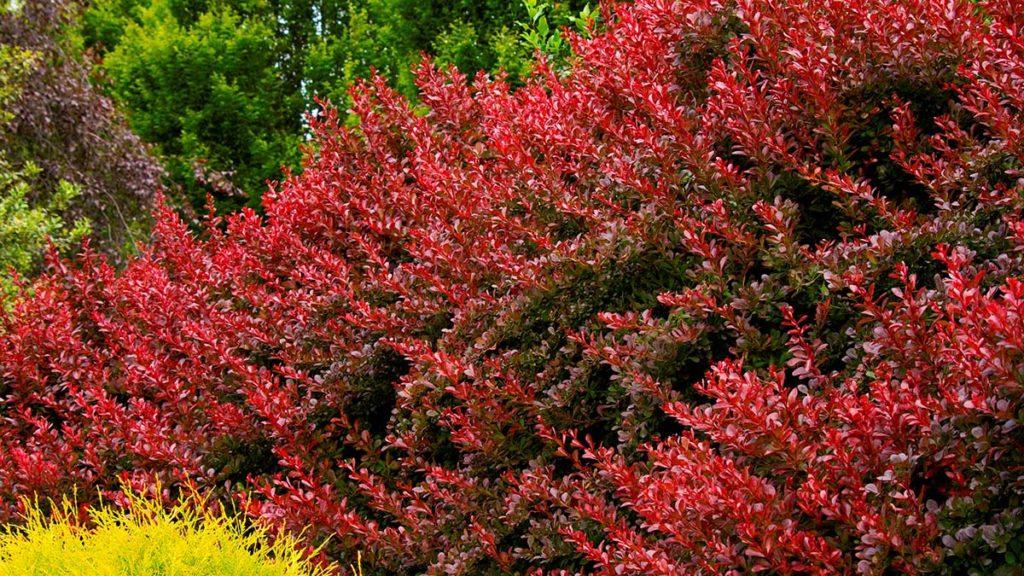
- Image 4: A barberry bush in winter. The leaves have fallen off, and the branches are bare.
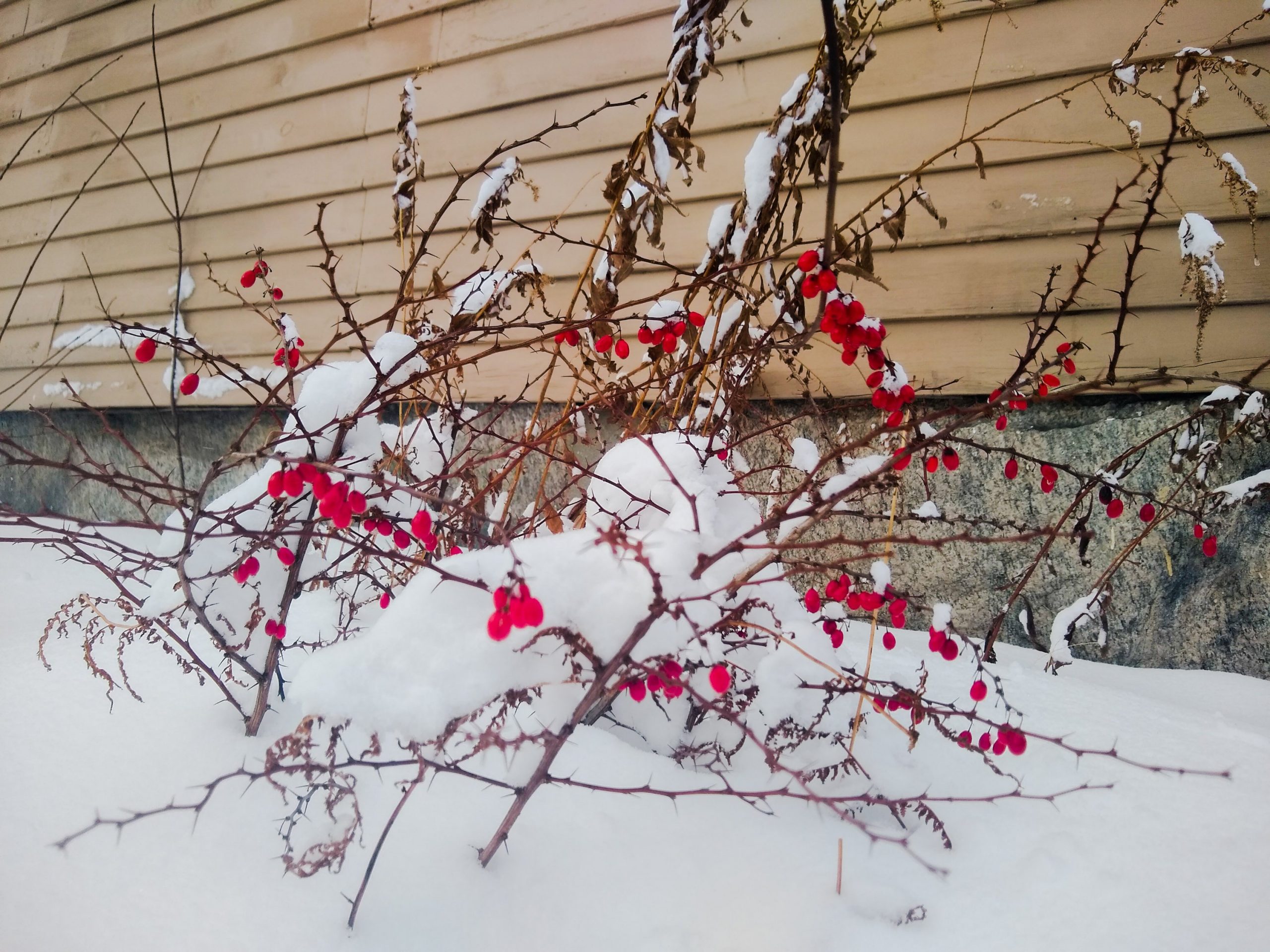
- Image 5: A barberry bush with thorns. The thorns are sharp and pointed, and they can be used for protection.

- Image 6: A barberry bush as a hedge. The bush is trimmed to form a neat and tidy hedge.

- Image 7: A barberry bush as a groundcover. The bush is spreading out and covering the ground.

- Image 8: A barberry bush in a pot. The bush is planted in a pot and can be moved around as needed.
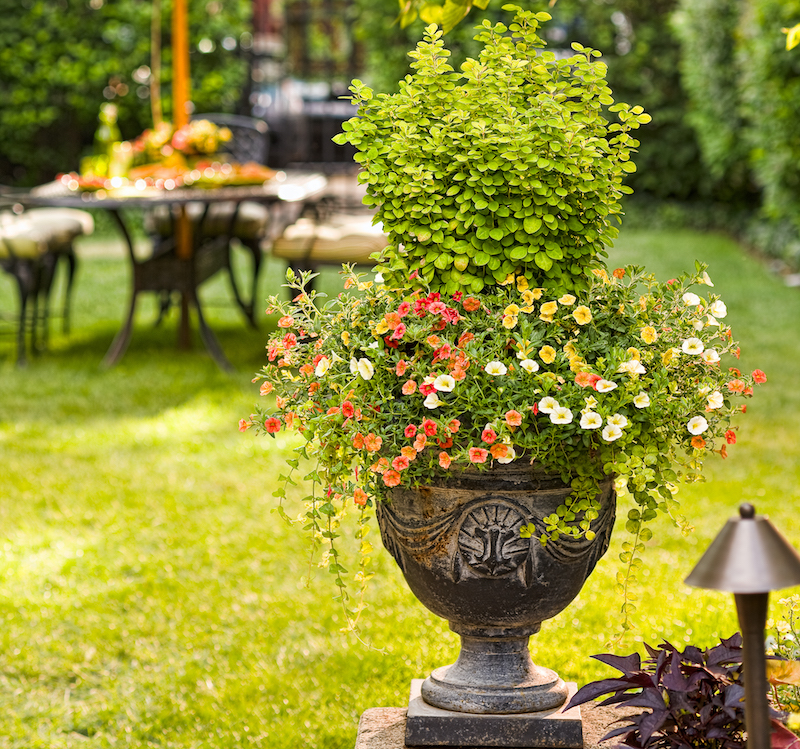
- Image 9: A barberry bush as a border. The bush is planted along a walkway or driveway to create a border.
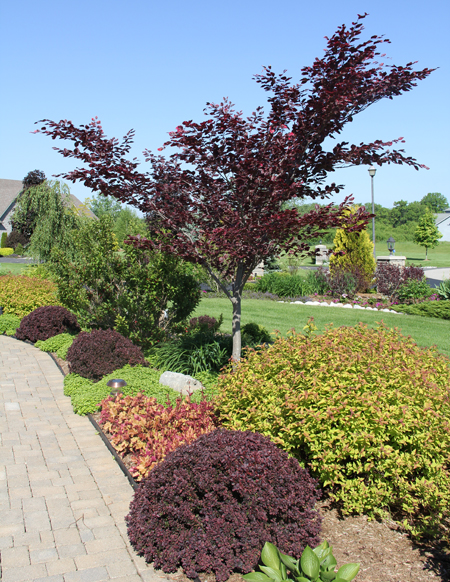
- Image 10: A barberry bush as a specimen plant. The bush is planted by itself to be admired.
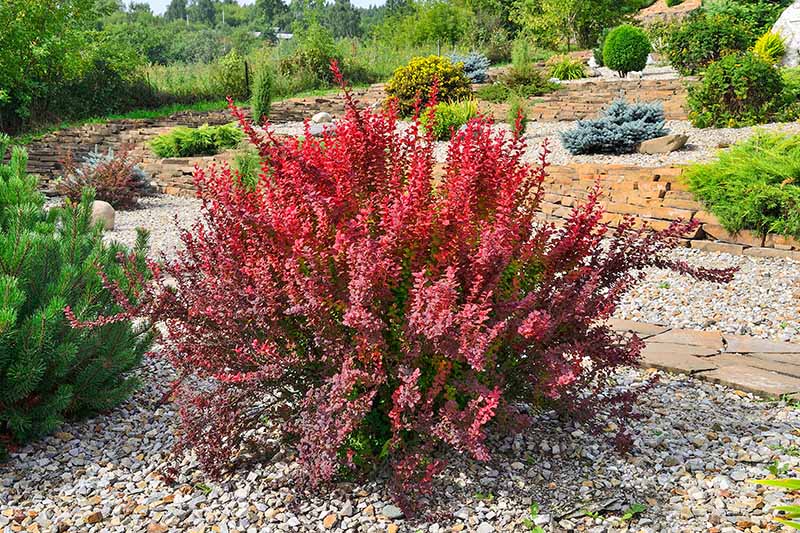
Post a Comment for "How To Grow A Beautiful Barberry Bush In Days Or Less"